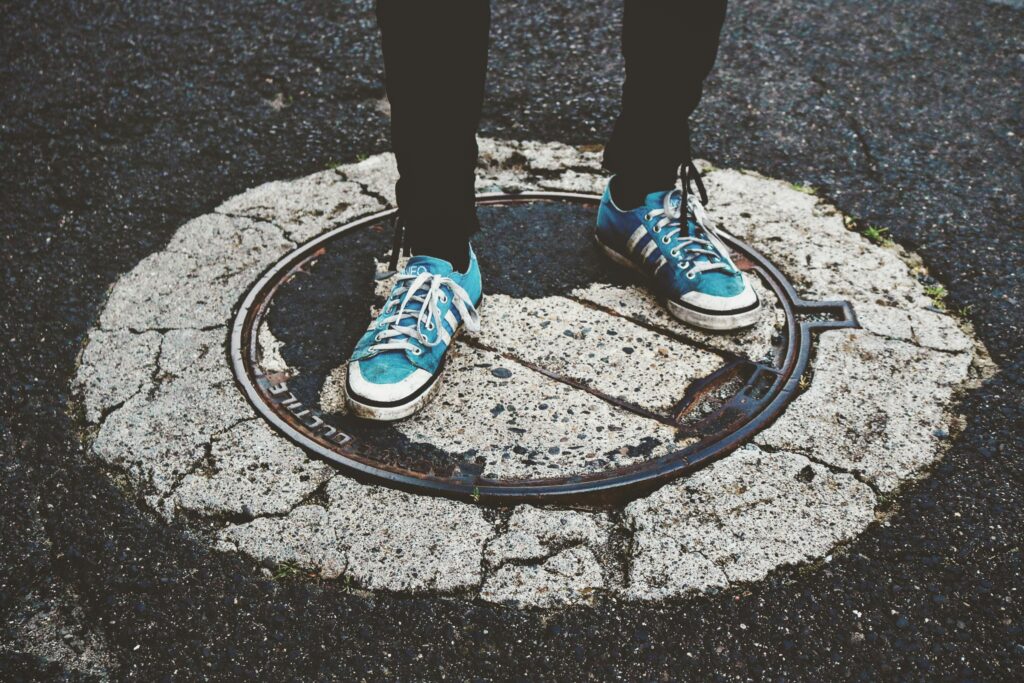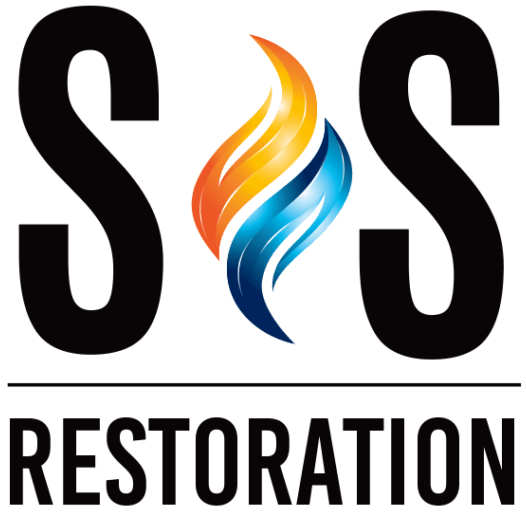
The sewer system in your home must be maintained year round to ensure it’s working properly and does not cause unnecessary flooding. Sewer backups and flooding can wreak havoc on your home, leading to costly repairs, property damage, and even health risks due to contamination.
These unfortunate events are not only disruptive but can also result in significant cleanup jobs, which no homeowner wants to take on. Luckily, there are several proactive steps you can take to minimize the risks and keep your home safe. By staying caught up with regular maintenance and precautionary measures, you can avoid these disasters and enjoy peace of mind.
In this guide, we will explore several strategies you can implement to protect your home from sewer backups and flooding.
Regular Maintenance of Sewer Lines
One of the most important things you can do as a homeowner is to ensure your sewer lines are in good working condition. This involves regular maintenance, which can help you catch potential problems early before they turn into major issues.
- Inspection: It’s a good idea to schedule regular inspections of your sewer lines by a professional plumber. During these inspections, plumbers can check for tree root intrusion, cracks, blockages, or other potential problems. Detecting issues early can prevent major damage and reduce the likelihood of a sewer backup.
- Cleaning: Over time, debris, grease, and other materials can build up in your sewer lines, leading to blockages. Periodically cleaning these lines can remove obstructions and help keep everything flowing smoothly. A professional plumber can use specialized tools to ensure that your sewer lines are clear of any potential blockages.
Proper Disposal of Household Waste

What you flush or pour down the drain can greatly impact the health of your sewer system. Improper disposal of certain items can lead to clogs, backups, and even damage to the pipes.
- Grease and Oil: One of the most common culprits of sewer backups is the disposal of grease, fats, and oils down the drain. These substances can solidify and stick to the insides of pipes, eventually causing blockages. Instead of pouring them down the drain, dispose of them in the trash.
- Flushable Products: Many products labeled as “flushable,” such as wipes, sanitary products, and cotton balls, don’t break down easily in water. These can accumulate in your pipes and lead to clogs. Use these products sparingly and consider throwing them in the trash instead of flushing them down the toilet.
Install Backwater Valves
A backwater valve is a crucial installation that can protect your home from sewer backups, especially during heavy rain or when the municipal sewer system is overloaded. This device is designed to prevent sewage from flowing back into your home.
- Purpose: Backwater valves are typically installed in your main sewer line. They allow wastewater to exit your home but prevent it from coming back in during times of increased flow in the municipal system.
- Professional Installation: This is not a DIY project. A licensed plumber should install the backwater valve to ensure it is properly fitted and functioning correctly. Installing a backwater valve can be a significant investment, but it’s worth it for the protection it offers.
Sump Pump Maintenance
If your home has a basement, you may already have a sump pump installed. A sump pump is a valuable tool in preventing flooding by pumping excess water away from your home’s foundation.
- Functionality: Make sure your sump pump is in good working order by testing it regularly. If your sump pump fails during a heavy rainstorm, your basement could flood quickly. Keep it maintained and ensure the discharge pipes are free of blockages.
- Backup Power: During severe storms, it’s common for the power to go out. Without electricity, your sump pump won’t work, which increases the risk of flooding. To avoid this, consider installing a battery backup system. This ensures that your sump pump will continue to operate even if the power goes out.
Landscape Considerations

The way you landscape your yard can have a significant impact on the likelihood of sewer issues and flooding.
- Tree Planting: Be mindful of where you plant trees. Tree roots naturally seek out moisture, and your sewer lines provide a perfect target. Roots can infiltrate pipes, causing cracks and blockages. If you have large trees near your sewer lines, consult with a plumber to evaluate the risk.
- Grading: Ensure that your yard is properly graded to direct water away from your home’s foundation. Improper grading can cause rainwater to pool around your home, increasing the risk of basement flooding. By creating a slope that directs water away, you can help prevent this problem.
Educate Household Members
Ensuring everyone in your household is aware of how to properly care for your plumbing system can go a long way in preventing sewer backups.
- Awareness: Make sure everyone understands what should and shouldn’t be flushed or poured down the drain. Teaching kids (and even adults) not to flush inappropriate items can help prevent costly problems down the line.
- Emergency Procedures: In the event of a sewer backup, having a plan in place can reduce damage. Teach everyone how to shut off the water and electricity if necessary, and make sure they know who to contact if something goes wrong.
Review Insurance Coverage
Insurance can provide a safety net in the event of a sewer backup or flood, but it’s important to understand what your policy covers.
- Review Policy: Many standard homeowner’s insurance policies do not automatically include sewer backup or flood coverage. Review your policy to see what’s included, and consider adding additional coverage if necessary. It’s important to note that flood coverage may not be available when flooding is imminent, so plan ahead and talk to your independent agent about your options.
Monitor Local Weather Alerts
Being prepared for weather-related emergencies can help you take preventive action before problems arise.
- Preparedness: Keep an eye on local weather forecasts, especially during storm season. If heavy rain or severe storms are predicted, take steps to reduce your risk, such as clearing gutters, ensuring sump pumps are working, and moving valuables to higher ground in your basement.
Prompt Action in Case of Backup
If you notice signs of a sewer backup, it’s important to act quickly to minimize damage.
- Early Response: Signs such as slow drains, foul odors, or gurgling noises from your pipes can indicate a potential sewer problem. Contact a plumber immediately to investigate the issue before it escalates.
Maintain Your Sewer Year Round
Sewer backups and flooding are stressful and expensive problems, but by following these preventive steps, you can significantly reduce the risk. Regular maintenance, responsible waste disposal, and strategic installations like backwater valves and sump pumps are key investments that will help protect your home. By staying proactive, educating your household, and planning for emergencies, you can maintain a safe, healthy living environment and avoid the headaches of sewer-related disasters. Remember, preparation and awareness are your best defenses. In the event of your sewer system failing, give the team at S&S Restoration a call. We have the experience and tools needed to manage flooding and restore your property to perfection.
About S&S Restoration
S&S Restoration is a Temecula, California restoration company that specializes in both residential and commercial buildings affected by fire, flooding, mold, and storms. We proudly serve the Inland Empire, San Diego, High Desert, and San Bernardino County areas. Give us a call at (800) 608-8447 or visit our website at ssrestorationinc.com, we’re available 24/7 for emergency response to guarantee the best outcomes.
